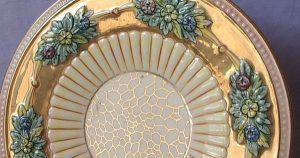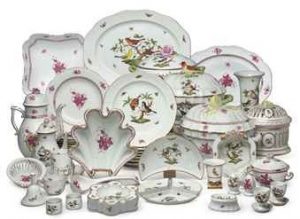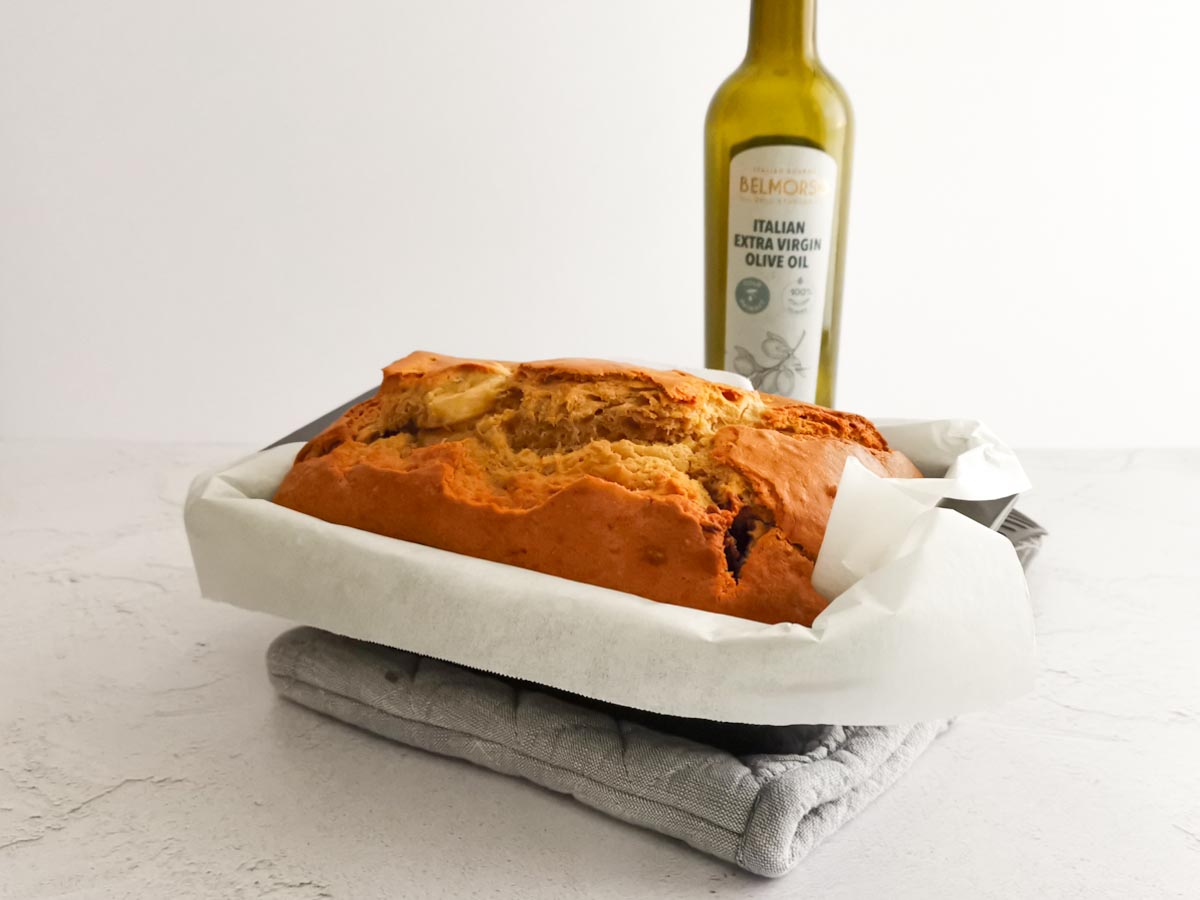
The Dinette Teller – 04. The Dish
The dish was already in use since the Cretan, Greek, Etruscan and Roman eras. It was made from several materials, like glass, wood, pottery, and crystal. Gold or silver plates, decorated with precious stones, could be found in the homes of the wealthiest families at that time.
Another past tradition was to use a round shaped salty bread as a serving dish, shared by two persons, on which meat, vegetables, and cheeses were put. In this way, the bread soaked up the sauces of the food on top and it also became a tasteful side. The leftovers of this “serving bread” were usually given to the servants, as the only meal of the day.
In Italy, the custom to use circular flat bread remained until the XII century, when it was substituted by a wooden or pottery plate. It was called “cutting board”. Thus, saying “go for a cutting board” meant to have a meal together.
It was only around the 15th century when a single plate and a single glass were used by just one person. This custom spread rapidly in other countries.
During the Middle Ages, the plates also represented luxury. The most beautiful and decorated ones were often hung on the walls as a proper home’s adornment. The plate became even more remarkable during the Baroque Epoque, a period when plates were painted by fine artists who also shaped them with embellishments.
At the beginning of the 18th century, the basic mixture of ceramic, known only by the Chinese until that moment, was discovered by the King of Austria. This craft was passed on from Vienna to Venice, Florence and Naples. In those cities, many manufacturing industries were built, and the “dishes” become a daily utensil.
Over the years, many dimensions and shapes were introduced, creating little coffee- and tea-plates, or, on the other hand, big beautiful trays.







